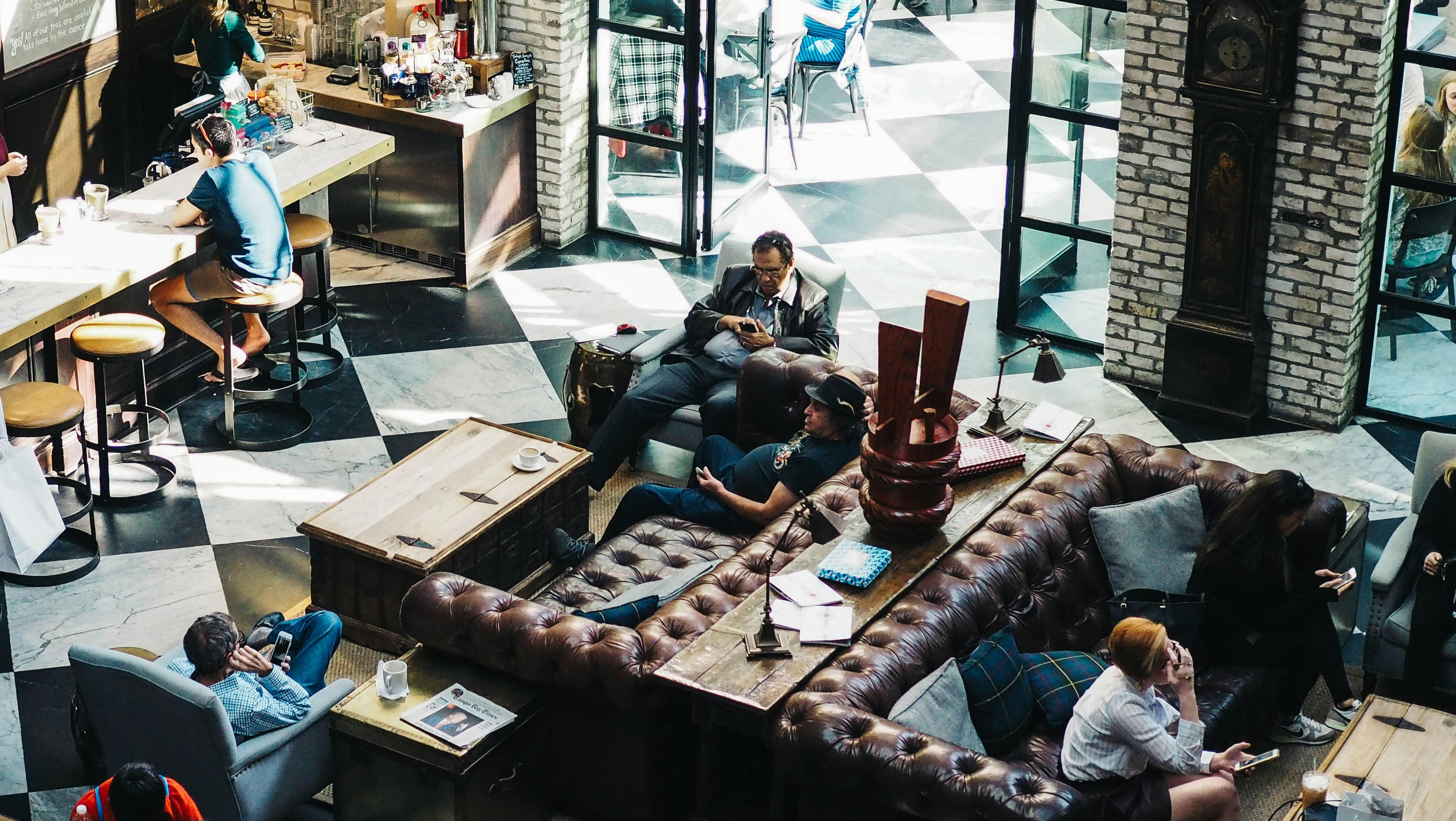The rise of flexible commercial spaces: a creative approach to commercial real estate

The commercial real estate landscape is undergoing a seismic shift. Gone are the days when single-use, single-purpose buildings dominated the market. The demand for versatile, flexible spaces that can cater to a variety of needs has emerged as a defining trend, driven by changes in work culture, consumer behavior, and economic imperatives. This evolution requires creativity and strategic planning to ensure that commercial spaces remain relevant and profitable in an increasingly dynamic market.
The forces driving change
Several key factors are propelling the transition away from traditional, purpose-specific buildings toward multi-use, adaptable spaces:
Shifts in work culture
The rise of hybrid work models and remote work has diminished the demand for conventional office spaces. Instead, businesses seek dynamic environments that can flex between co-working hubs, meeting venues, and collaboration zones. This shift challenges traditional office building designs and demands innovative reconfigurations to optimize utility.
Changing retail landscape
E-commerce's exponential growth has disrupted the retail sector, leaving many brick-and-mortar stores struggling. As a result, retail spaces are increasingly being repurposed for alternative uses such as fitness centers, popup shops, or entertainment venues. This trend is especially pronounced in shopping malls, which are reimagining themselves as multi-use hubs with residential, retail, and recreational spaces under one roof.
Urbanization and space efficiency
In densely populated urban areas, the scarcity of land makes multi-purpose spaces more economically viable. Mixed-use developments, combining residential units, offices, and retail outlets, are becoming the norm. This approach maximizes land use while fostering vibrant, 24/7 communities.
Economic resilience
Multi-use properties offer a financial hedge for investors and developers. Diversified revenue streams from tenants in different industries reduce the risk of vacancies tied to market downturns in a single sector.
Creative repurposing: the key to unlocking potential
The pivot toward flexible commercial spaces necessitates out-of-the-box thinking. Developers and property managers must creatively reimagine how their spaces can serve diverse purposes. Here are some approaches that have proven successful:
Adaptive reuse
Transforming obsolete structures into modern, multi-purpose spaces is a popular strategy. For example, old warehouses are being converted into trendy co-working spaces or art galleries. Similarly, vacant big-box stores are being adapted into logistics hubs, healthcare clinics, or even residential units.
Pop-up opportunities
Pop-up installations allow businesses to test ideas or operate in a space temporarily, often without requiring significant structural changes. This trend has proven successful in retail, food and beverage, and even experiential marketing events.
Technology-driven flexibility
Smart building technologies, including modular walls and multi-functional furniture, enable spaces to be easily reconfigured to meet changing needs. A conference room today can serve as a yoga studio tomorrow, thanks to these innovations.
Community-centric design
Mixed-use developments that incorporate communal amenities—like green spaces, shared kitchens, or event venues—create vibrant ecosystems that appeal to a wide demographic. These designs ensure steady foot traffic and enhance tenant satisfaction.
Future Considerations
As the trend toward flexible commercial spaces accelerates, developers and stakeholders must address key challenges:
Balancing cost and creativity
While innovative designs and repurposing projects can be lucrative, they often come with high initial costs. Striking the right balance between investment and potential returns is critical.
Navigating zoning and regulations
Many urban areas still operate under zoning laws that were written with single-use buildings in mind. Policymakers and developers must collaborate to modernize regulations that allow for more creative, multi-use developments.
Sustainability as a priority
Sustainable design is no longer optional. From energy-efficient materials to eco-friendly construction practices, the demand for green spaces is shaping the future of commercial real estate. Flexible spaces that prioritize sustainability will have a competitive edge.
Conclusion
The shift toward flexible commercial spaces represents an exciting evolution in real estate. By embracing adaptability and creative design, developers can future-proof their investments while meeting the diverse needs of modern businesses and communities. As the lines between work, play, and living continue to blur, the demand for spaces that reflect this fluidity will only grow. The key to success lies in bold innovation and a willingness to reimagine what a commercial space can be.
This article was commissioned by soCommercial – the market place for business space.
